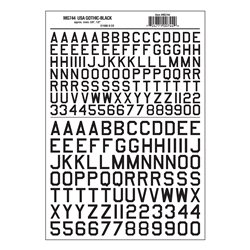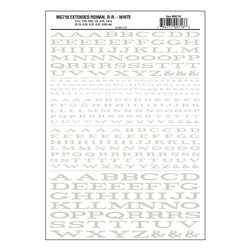There are a number of different options for attaching figures such as a horse and rider to a layout. Perhaps the...
No products
Product successfully added to your shopping cart
There are 0 items in your cart. There is 1 item in your cart.
Search Tips
What are dry rub transfers?
Transfers, also called decals, are an excellent way to apply extra detail to your models. Whether it be signposts, platform numbers, station names, locomotive numbers, lining, military markings, or simply a gender reference on the privy doors so your little model people don't embarrass themselves, there is usually a transfer for the job.
The most common type of transfers is the kind that you soak in water to remove the backing sheet before applying it to your model.
Dry rub transfers are an alternative that do the same job but without the need for soaking first. You simply place the transfer complete with its backing sheet in position on your model and rub. When you remove the backing sheet, the transfer will be firmly attached to your model.
The rubbing action is what activates the adhesive on the transfers so care should be taken when storing them before use.
You can get dry rub transfers replicating a substantial selection of lines, stripes, letters and numbers in numerous fonts, styles, thicknesses and colours and due to their ease and speed to apply are a firm choice for many modellers.
Click here to receive the tips weekly in your mailbox. You can unsubscribe at any time.










